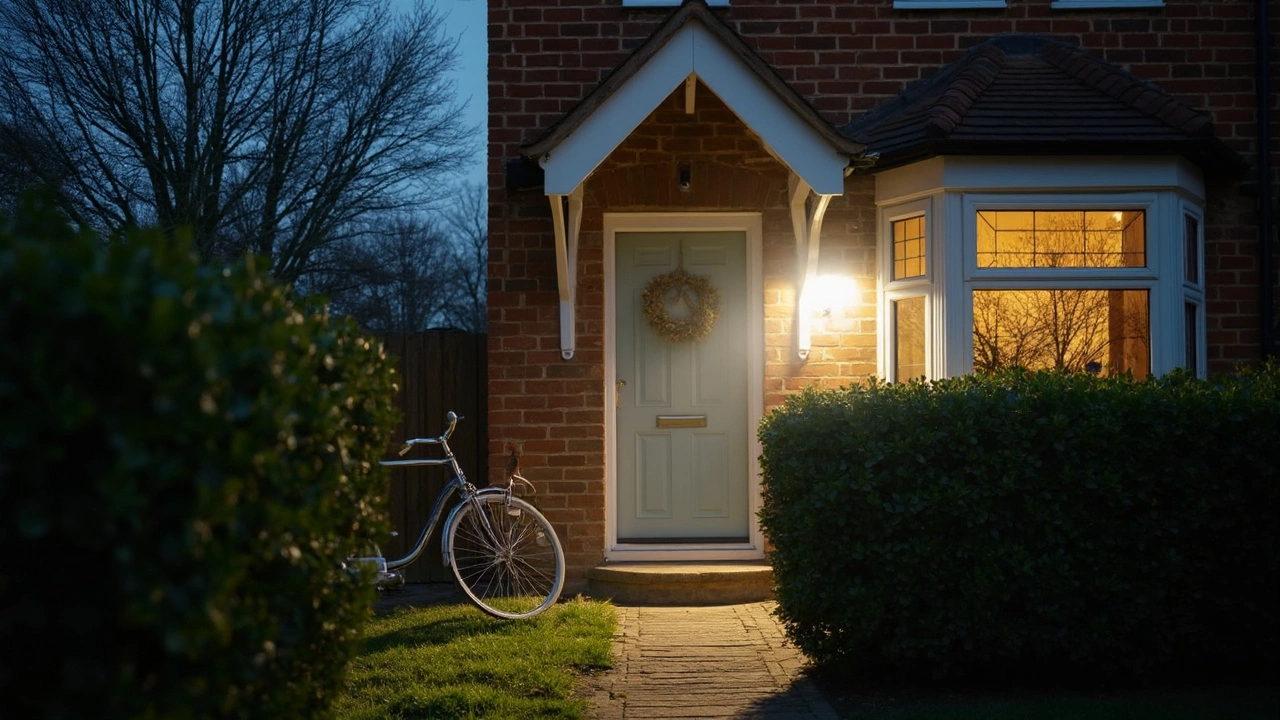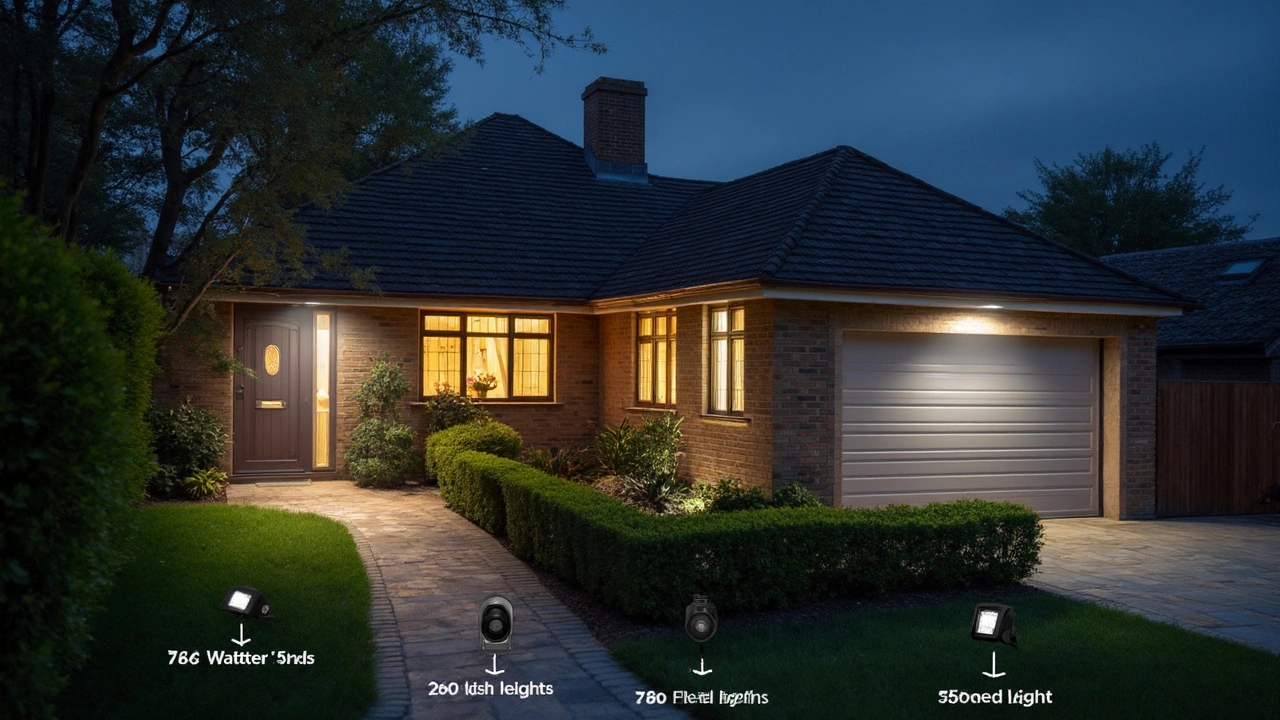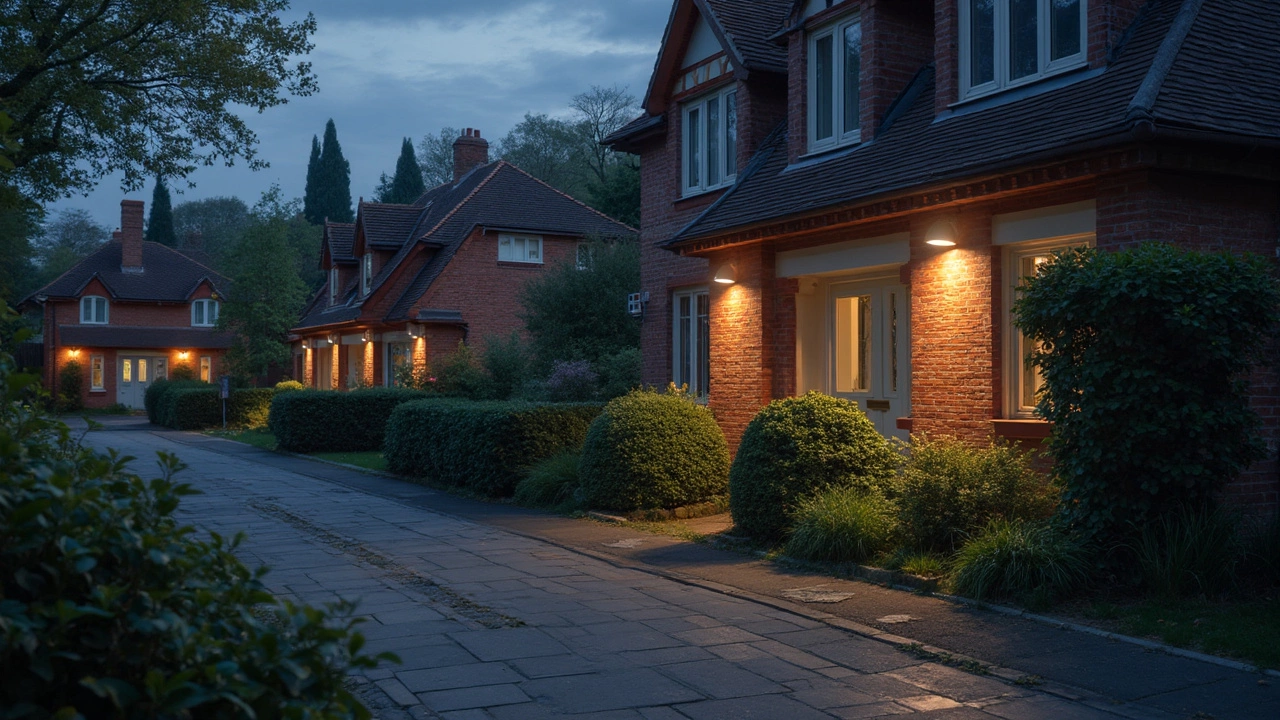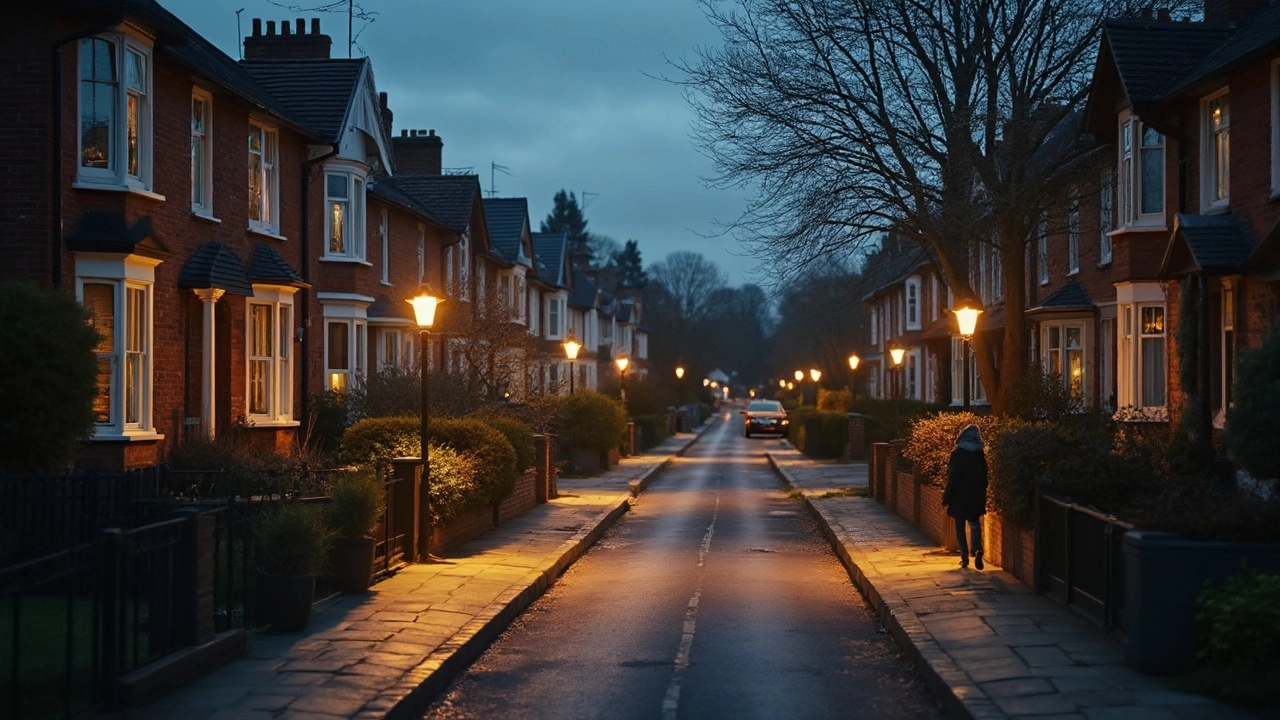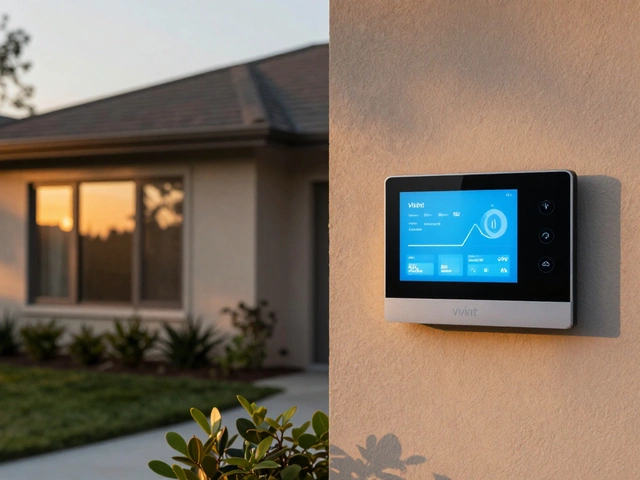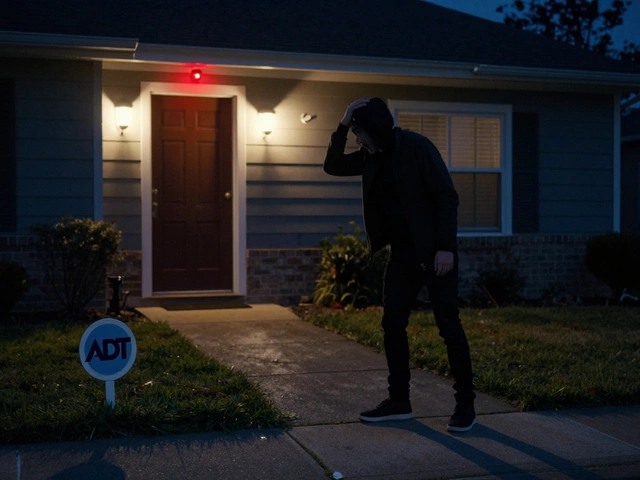Brightness and Home Security: Light Up the Night to Stop Burglars
Ever wonder why a well‑lit house feels safer? It’s not just about seeing the front door – the right amount of light can actually stop a thief in their tracks. In this guide we break down why brightness matters, what kind of lights work best, and simple steps you can take right now.
Why Brightness Matters
Criminals scan an area before they strike. A dark porch or backyard is an invitation; a bright, flashing light says, “I’m watching you.” Studies from UK police patrols show that well‑lit homes see up to 30% fewer break‑ins. The key is not just any light, but lighting that covers entry points, pathways, and blind spots.
Another factor is perception. Even if a burglar could bypass a fence, a sudden flood of light from motion sensors can startle them and give you precious seconds to call the police. The surprise element works like a digital guard dog.
Brightness also helps your security cameras capture clear footage. A video with good illumination is more likely to identify a face or a license plate, which makes the threat more real for the intruder and improves evidence for investigators.
Practical Lighting Tips
Start with the basics: place a 300‑lumens LED floodlight on each side of the front door. LEDs give strong brightness while using little power, so your electric bill stays low. Pair them with motion sensors set to trigger at 5‑10 feet – that way the light only turns on when someone approaches.
Don’t forget the side yard and back porch. A series of 200‑lumens pathway lights on a low‑voltage transformer can keep the whole walk lit without blinding neighbors. Use warm white (2700‑3000 K) for a welcoming feel, but keep the color temperature above 4000 K on the front if you want a brighter, more alert vibe.Consider smart bulbs that let you adjust brightness from your phone. If you’re away, schedule a random on/off pattern to make it look like someone’s home. This trick is especially useful for holiday periods when houses sit empty.
For added security, install a dual‑tech motion sensor that combines PIR and microwave detection. These sensors ignore pets but still react to a human shape, cutting down on false alarms while keeping the light reliable.
Finally, test your setup after installation. Walk the perimeter at night and note any dark spots. Adjust the angle or add extra fixtures until the whole area is evenly lit. It only takes a few minutes, but the peace of mind lasts much longer.
With the right brightness, you turn your home into a place that says “I’m prepared.” That’s the simplest, most cost‑effective way to boost security without buying a high‑end alarm system.

